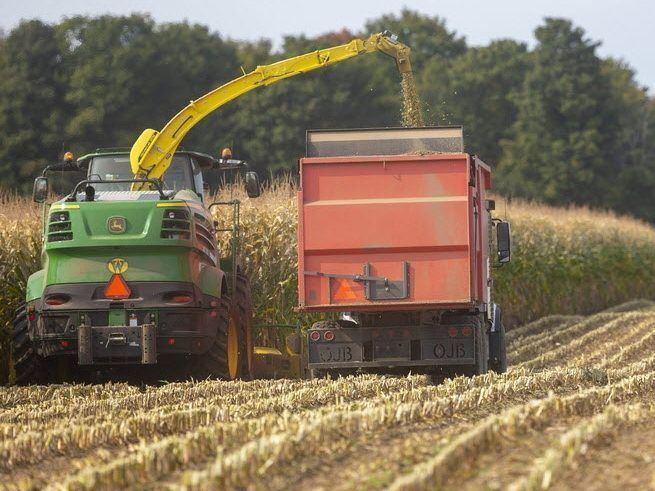
As the country rapidly warms from human-caused climate change, farmers are being pushed to reconsider conventional wisdom about what can and can’t survive in this northern climate.
Crops are getting planted later in the year than ever as killer winter frost delays its arrival in Ontario. Berries in British Columbia devastated by recent climate-driven extreme heat and floods are moving into the controlled climates of vertical farms.
A spice commonly found in India is finding a new home in the Maritimes. Tropical fruits are springing from a greenhouse on the Prairies.
In fields and greenhouses, farmers are also seeding solutions to the generational challenge of climate change. Their success will not only bear on Canada’s agricultural sector, but its dinner table.
Here is a look at some of the ways climate change is changing Canadian agriculture:
Saffron, a spice so expensive that it has been dubbed red gold, is traditionally grown in Iran, India, Afghanistan and Spain, among a handful of countries.
But when Matthew Roy moved from New Hampshire to begin farming in Nova Scotia in 2020, he identified saffron as a promising crop, in part because of the changing climate and saffron’s short growing season.
The owner of Coastal Grove Farm began planting the crocus bulbs that yield saffron on his property in Upper Port La Tour, N.S., that August. By mid-November, the 15,000 bulbs had yielded about 78 grams of the spice.
“We knew that it is going to be getting warmer here in Nova Scotia,” Roy said in an interview. “And we figured that we could bring in two new crops to the province, the first one being tea and the second one being saffron.”
In his second year, Roy harvested 172 grams of saffron. In 2022, it was 342 grams. But last year it fell to 66 grams, which Roy said could be because of a wet summer. One hundred grams of the spice fetches about $600, so Roy is not yet getting rich off saffron, but he is optimistic that production will increase.
Margaret Skinner, a research professor at the University of Vermont, studies the plant and has been working with Roy on his saffron farm. While warming temperatures make Nova Scotia more hospitable for saffron, other climate effects such as drought and flooding could be harmful, she said.
Bashir Ahmad Allie, head of the saffron research station at Sher-e-Kashmir University of Agricultural Sciences and Technology in India, is not surprised that parts of Canada are able to cultivate saffron, considering how climate is changing across the globe. The spice is now grown in parts of Nova Scotia, Quebec, Ontario and British Columbia.
Allie noted that the climate change that has made saffron cultivation viable in Canada has had the opposite effect in the regions of India where it is grown. Jammu and Kashmir in India has been experiencing erratic temperature








